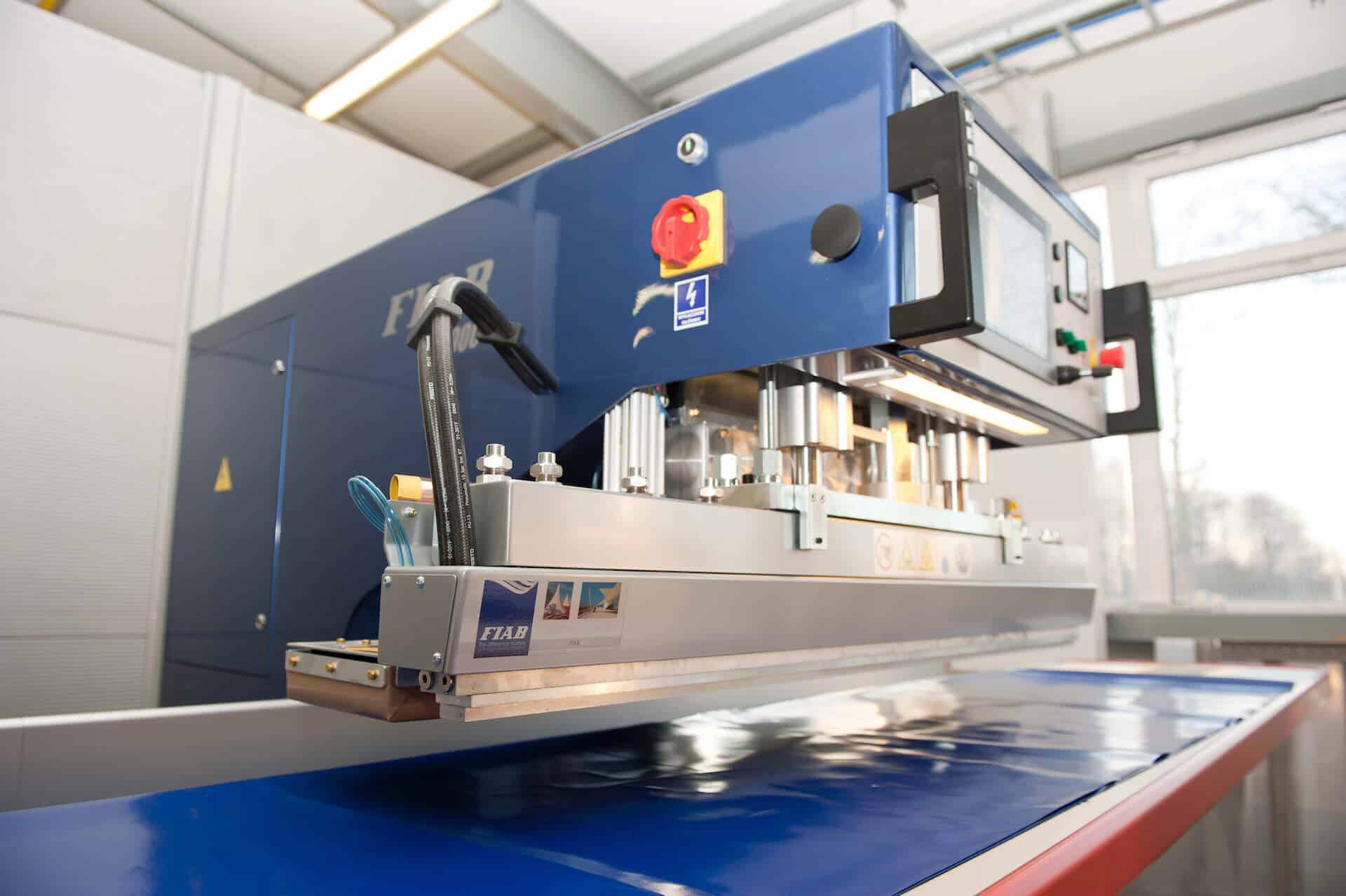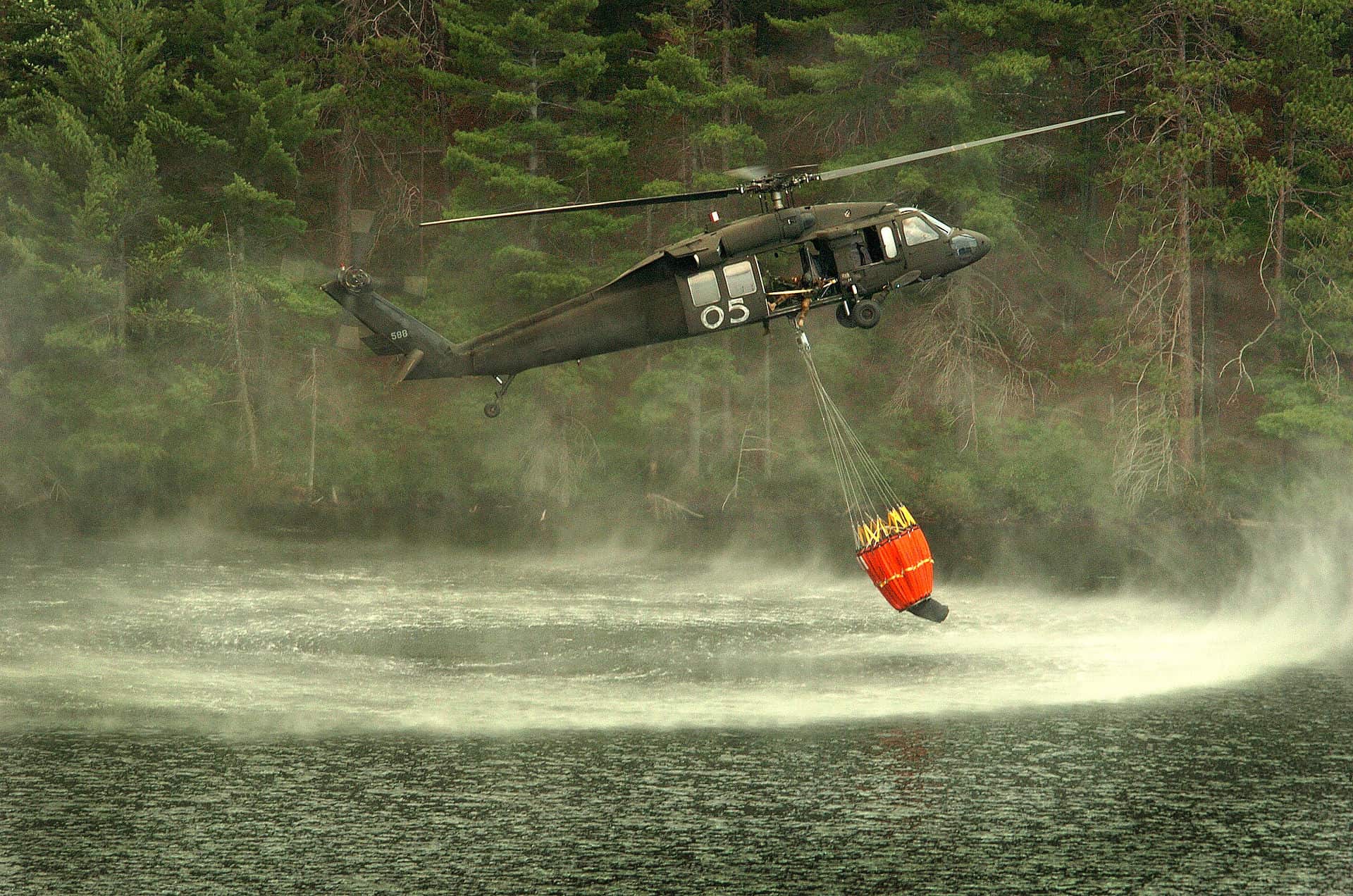
When it comes to thermoplastic-coated materials – Welding is one of the most common ways to join the technical textile industry.
The Advantages of PVC Welding
PVC welding offers numerous advantages that make it a preferred manufacturing method across various industries. Unlike traditional bonding techniques, PVC welding can join materials without mechanical fasteners or adhesives, significantly reducing material and equipment costs. The process provides unique benefits such as creating airtight seals, assembling components with complex geometries, and forming joints with minimal added weight. PVC welding techniques, including friction, hot gas, laser, and high-frequency welding, offer manufacturers greater flexibility, requiring less surface preparation and providing shorter cure times. Additionally, the process creates more ergonomic and aesthetically pleasing bonds while improving the recyclability of the final product. These advantages have made PVC welding a critical manufacturing technique in industries ranging from aeronautics and automotive to marine and medical applications.
When it comes to joining technical fabrics, you should know about the production advantages of welding – here in this article we list the top 7.
1. Design
Thermoplastic welding presents many substantial benefits for the technical textile industries. Welds offer:
- Lightweight and less bulky seams,
- High strength,
- Design flexibility, and
- Low processing costs.
Because welds do not puncture the material like sewing, they provide more reliable leak-proof seams and do not introduce foreign materials, like glue or thread, that may affect product performance. This is definitely a clear advantage of welding.
2. Permanence
Thermoplastic welding lasts indefinitely. The process of welding fuses two like-coated materials together, so there is no adhesive interface to fail as with gluing. Glue is subject to soften over time and will eventually fail. Welded lap seams are stronger in sheer than the original fabric. While the glue is too, it will weaken over time and a weld will not. Plus, the use of adhesives adds another chemical compound to the mix that can possibly compromise the properties or strength of the material it is gluing. This is not a concern with welding.
3. Speed
Welding is fast and can increase production-line speed oversewing and gluing. Depending on the material and type of welding process, welding speeds of up to 30 feet per minute (9 meters per minute) can be attained.
4. Reliable and Efficient
Welded seams are more reliable than glued or sewn seams. Not only is glue failure not an issue, but technical textile welding is usually accomplished by automated machinery that controls heat, angle, speed, and frequently material tracking (aligning). This leaves less room for human error. Welding machines with built-in tracking systems align material as it processes and can be operated by a single person. This can free up employees and potentially reduce labor costs.
5. Easy Installation and Use
Most welding systems are easy to install and can be readily incorporated into your current production line. Some are even portable or handheld. The majority of welding machines are capable of producing many styles of welds and are user friendly. Depending on the type, systems can be noiseless and can help create a quieter more pleasant working environment. Ultrasonic welders, in particular, are silent and do not emit any toxic smoke like hot-air welders.
6. High-quality Sealed Edges
Welding provides a consistent and permanent air-tight seal at edges and seams. The result is reliable, long-lasting air and liquid retention. Welded seams are as abrasion-resistant as the original material and maintain their integrity indefinitely. Sewn seams can suffer tension failure in the thread and glue will fatigue over time.
Welding easily handles connection issues like thickness variation in the fabric and joining tight or small corners. Also, since there are no stitch holes in the fabric, welding creates smooth seams that can make the product more aesthetically appealing.
7. Cost-Effective
With welding, usually, no additional material is required, and no waste is generated like that associated with gluing and sewing. Welding machines are comparatively inexpensive to buy and operate. This reduces costs as compared to other joining methods. And for the end-user, welded seams mean reduced maintenance costs.
For more information on the advantages of welding techniques that are right for your application, download the Erez Ultimate Guide to Welding Coated Technical Textiles.
Share this Post





